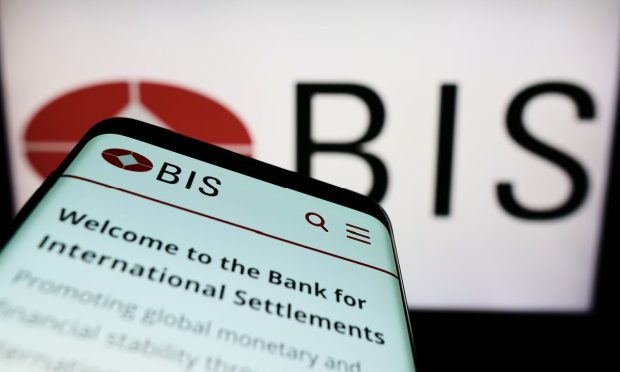As Fiat Beats Bitcoin, BIS Head Eyes CBDCs and Tokenized Deposits

The dust has settled. The battlefield is still.
And, as has been widely reported this week, Agustín Carstens, general manager of the Bank for International Settlements (BIS), has declared crypto the loser.
“A few years ago, crypto assets and cryptocurrencies have been put as an alternative to fiat money,” Carstens told Bloomberg in an interview posted Wednesday (Feb. 22). “That battle has been won.”
Carstens also said that technology does not pave the way for “trusted money” — and it’s the central banks, and their infrastructure, that gives money “credibility.”
Separately, in a speech given in Singapore that same day, Carstens noted that distributed ledger technology (DLT) can lead to new payments technologies and use cases. And in a nod to the convergence of bank infrastructure, credibility and technologies, he noted that there’s a place for central bank digital currencies (CBDCs) and for tokenized deposits.
“CBDCs and tokenized deposits would appear in separate partitions in the unified ledger. Because they share a common ledger, they can be brought together and used in an efficient way, through smart contracts,” said Carstens — where CBDCs play the same role as central bank money, tokenized deposits are commercial bank money.
Replicating Existing Money
These offerings are, he said, ways of replicating existing money with technology.
“What makes central bank money and commercial bank money indistinguishable today is a complex and well developed network of institutional arrangements, including regulation, supervision, deposit insurance and settlement on the central bank’s book,” he said, adding that “the same should be true of CBDC and tokenized deposits.” Stablecoins don’t fit the bill here, he said, because they don’t have the same regulations in place.
The path toward CBDCs, we note, is becoming increasingly wider. As we reported here, countries spanning China, Singapore, Australia, Japan, Korea and Hong Kong are already piloting CBDCs, or plan to this year. The Bank of England is in the mix, too.
Tokenized deposits offer an alternative to the stablecoin model and to cryptos in general as they enable direct bank-to-bank activity. Rob Hunter, deputy general counsel and director of regulatory and legislative affairs at The Clearing House (TCH), told Karen Webster the deposits would be underpinned by blockchain technology. The use of blockchain has become widespread, especially among multinational firms. In our research on blockchain and cross-border payments, we found that 56% of cross-border businesses that use blockchain technology in their operations.
And while bitcoin has been used by 47% of businesses, the fact is that regulatory clarity remains at the top of the list when it comes to deciding whether to use cryptos or stablecoins at all (cited by 52% of multinationals). Regulators are cracking down on crypto and stablecoin firms, warning of risks and even curtailing some firms’ issuance of coins. The easiest regulatory “path” — especially for using digital payments and deposits — may be to hew to the monetary system and channels that are already in place. And in that case, the battle against bitcoin — waged with CBDCs and tokenized deposits — may indeed be decided.
